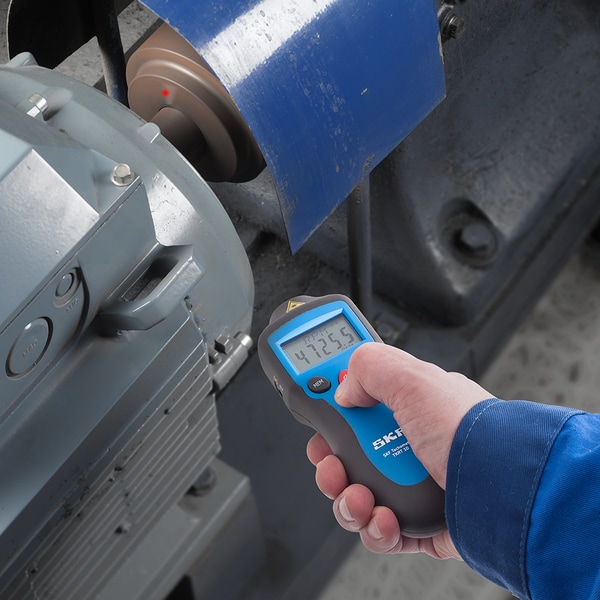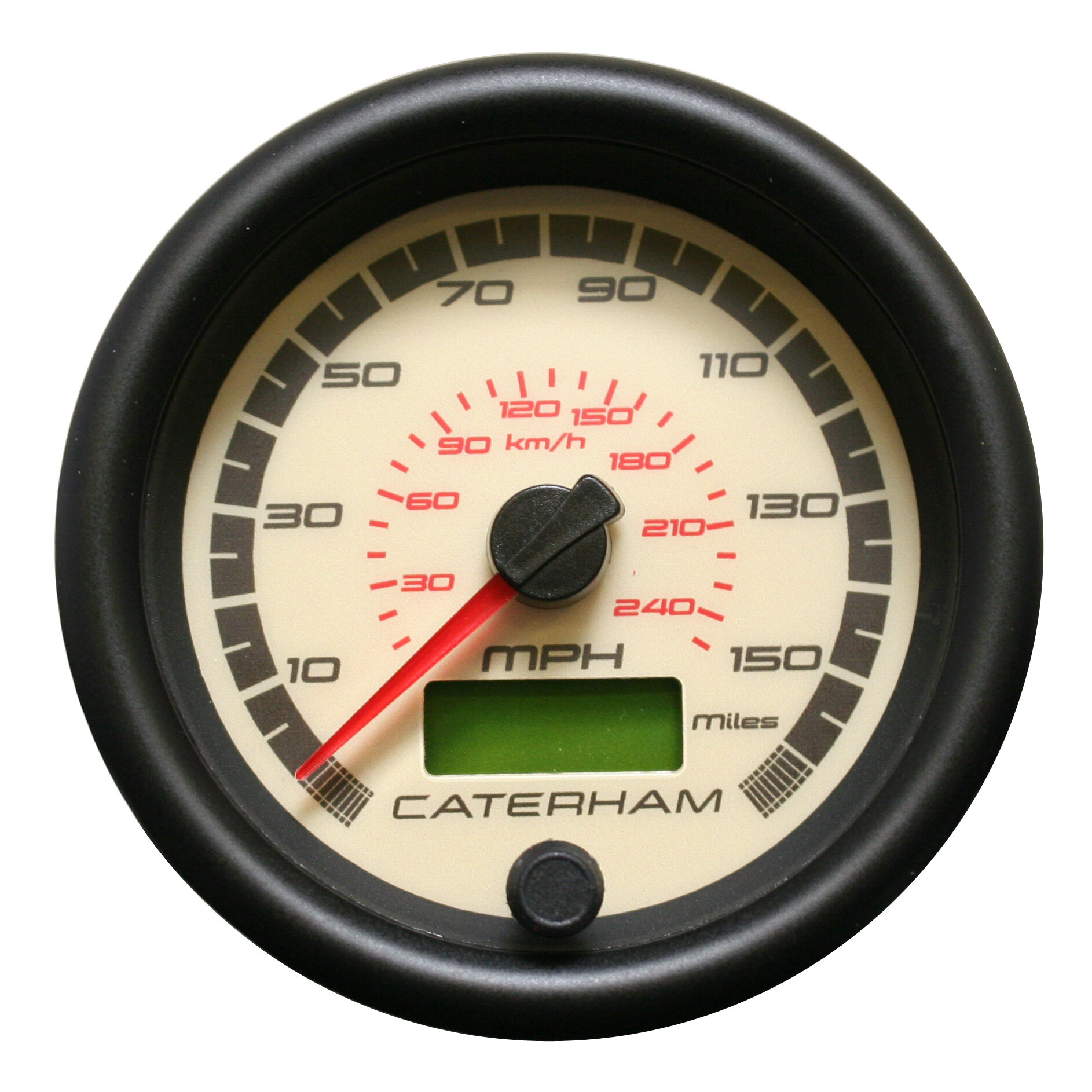Discover Exactly How a Tachometer Can Boost Your Vehicle's Efficiency
Unlocking the Secrets of Tachometers: Everything You Required to Know Concerning This Essential Instrument in Your Automobile
Recognizing the complexities of tachometers can give important insights into your automobile's efficiency and upkeep demands. From measuring engine rate to figuring out the information it provides, tachometers act as an important device for car proprietors and enthusiasts alike. By untangling the mysteries behind this crucial tool, you can open a riches of information that can improve your driving experience and make sure the durability of your vehicle.
Relevance of Tachometers
The value of tachometers lies in their capability to supply essential real-time data regarding an engine's rotational speed, enabling accurate tracking and upkeep of equipment. By measuring the revolutions per minute (RPM) of an engine's crankshaft, tachometers use beneficial insights right into the engine's efficiency - tachometer. This information is important for making sure that the engine runs within its optimal array, staying clear of prospective damages from over-revving or underperforming
Tachometers play a crucial role in assisting operators and technicians find any abnormalities in the engine's rate, which could suggest problems such as fuel inefficiency, mechanical issues, or excessive stress on the engine. By quickly recognizing these issues through tachometer analyses, maintenance can be carried out proactively, protecting against expensive repair work and downtime in the long run.
Furthermore, tachometers are particularly vital in high-performance lorries and equipment, where specific control over engine rate is required for optimal procedure. Racing cars, airplane, and industrial equipment depend on tachometers to deliver peak performance while maintaining security criteria. Essentially, tachometers are not simply tools for determining speed but crucial devices for making sure the smooth and effective procedure of engines across different applications.
Just How Tachometers Step Engine Rate
Utilizing sensors that detect the regularity of electric pulses produced by the engine's ignition system, tachometers precisely gauge the rotational rate of an engine. By keeping track of the rate at which these pulses are obtained, tachometers offer real-time comments on how quick the engine's crankshaft is revolving per minute, typically described as transformations per min (RPM)
The tachometer's sensing unit, frequently linked to the engine's ignition coil or spark plug cables, chooses up the electric signals generated each time a cyndrical tube fires. These signals are after that converted right into RPM readings displayed on the gauge or instrument collection within the vehicle driver's sight. Tachometers can be analog or digital, with modern automobiles typically including digital display screens for exact and immediate RPM analyses.
This resource information is vital for vehicle drivers to comprehend the engine's efficiency, stop over-revving, maximize equipment changing, and make certain reliable fuel usage. By precisely determining engine speed, tachometers play an important role in helping chauffeurs run their vehicles safely and successfully.
Translating Tachometer Readings
Having a clear understanding of exactly how tachometers measure engine rate sets the structure for efficiently interpreting the RPM readings presented. Interpreting tachometer readings is critical for optimal vehicle efficiency and engine wellness. When the engine is idling, the tachometer needle commonly relaxes around 600-1000 RPM, depending on the lorry.


Tips for Making Use Of Tachometers Properly
To boost driving performance and maximize engine performance, what trick methods can be implemented for effectively utilizing tachometers? Tachometers are crucial devices that supply real-time responses on engine rate, enabling drivers to make informed choices for much better efficiency - tachometer. Right here are some pointers for making use of tachometers efficiently:
Understanding Optimal RPM Variety: Familiarize yourself with the optimal RPM (Changes Per Min) range for your lorry. Maintaining the go engine within this range can enhance fuel efficiency and lengthen the engine's life expectancy.
Shifting Gears at the Right Time: Make use of the tachometer to identify the best time to shift gears. Objective to shift gears when the RPM gets to the optimal range for the next gear.
Checking Engine Stress: High RPMs for long term durations can stress the engine. Watch on the tachometer to avoid over-revving, especially throughout velocity or when lugging heavy tons.
Tachometers and Automobile Upkeep
When thinking about lorry maintenance, tachometers play a vital duty in keeping an eye on engine efficiency and detecting possible problems. Tachometers offer crucial data on engine rate, permitting motorists and mechanics to make certain that the engine is running within the advised RPM variety. Regularly keeping track of the tachometer analyses can aid recognize issues such as engine misfires, worn-out spark plugs, or issues with the fuel shipment system. By focusing on the tachometer, motorists can stop excessive stress on the engine, which can result in expensive repair work down the line.
In enhancement to finding prospective concerns, tachometers can also assist in optimizing fuel performance. By keeping the engine speed within the ideal variety, drivers can improve their gas mileage and lower gas intake. This not just benefits the motorist's budget Going Here but likewise adds to environmental preservation by lowering damaging discharges.
Final Thought
